Oregano is a small, aromatic herb known for its flavorful leaves. Here is a description of oregano:
- Appearance: Oregano is a low-growing plant that typically reaches a height of 20-80 centimeters (8-32 inches). It has square stems covered with small, green to grayish-green leaves.
- Leaves: The leaves of oregano are oval to lance-shaped and are usually 1-4 centimeters (0.4-1.6 inches) long. They have a slightly fuzzy texture and are often covered in fine hairs, which contribute to the plant’s characteristic aroma and flavor.
- Flowers: Oregano produces small, tubular flowers that are typically white or pink in color. These flowers are arranged in clusters at the tips of the stems.
- Aroma: Oregano is renowned for its strong and pleasant aroma. When you crush or rub the leaves between your fingers, they release a fragrant scent that is often described as a combination of earthy, peppery, and slightly minty notes.
- Flavor: The leaves of oregano have a bold and robust flavor, which is somewhat similar to thyme but with its own unique character. Oregano is known for its slightly bitter and peppery taste, making it a popular herb for adding depth to a wide range of dishes.
- Varieties: There are different varieties of oregano, with variations in flavor and appearance. Mediterranean oregano (Origanum vulgare subsp. hirtum), also known as Greek oregano, is one of the most commonly used varieties in cooking.
- Cultivation: Oregano is a hardy herb that thrives in well-drained soil and prefers full sun. It is a perennial plant in many regions and can grow as a ground cover or in compact bushes.
- Harvesting: Oregano leaves can be harvested throughout the growing season, but they are most flavorful just before the plant flowers. You can either pluck individual leaves or trim entire stems for use in cooking.
Overall, oregano is prized for its aromatic leaves, which add a burst of flavor to various culinary dishes, from Italian pasta sauces and pizzas to Greek salads and Mediterranean cuisine. It’s a versatile herb that can be used fresh or dried to enhance the taste of a wide range of dishes.

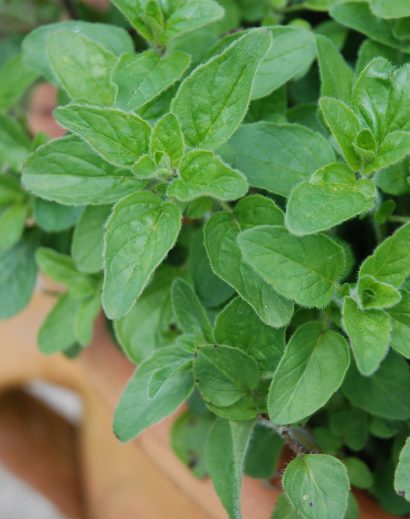
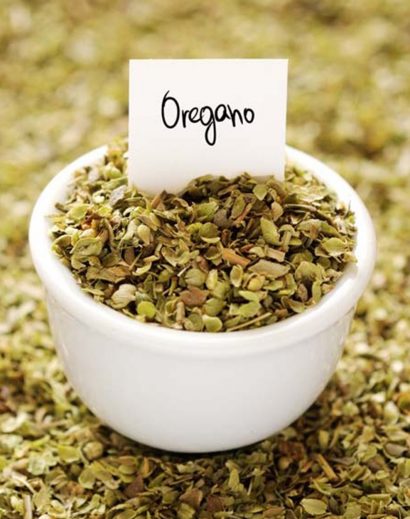
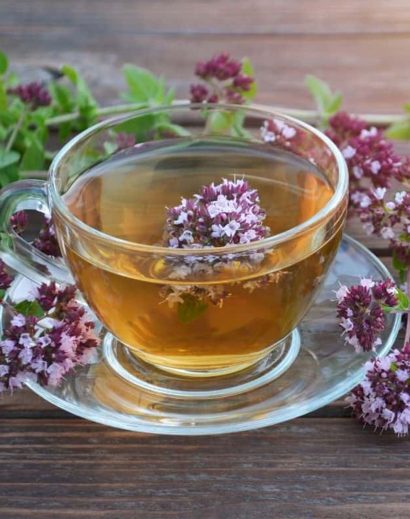
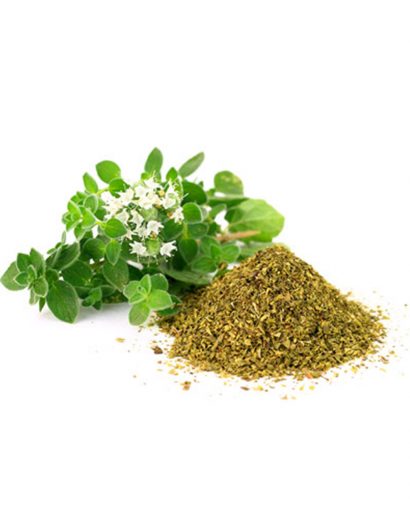
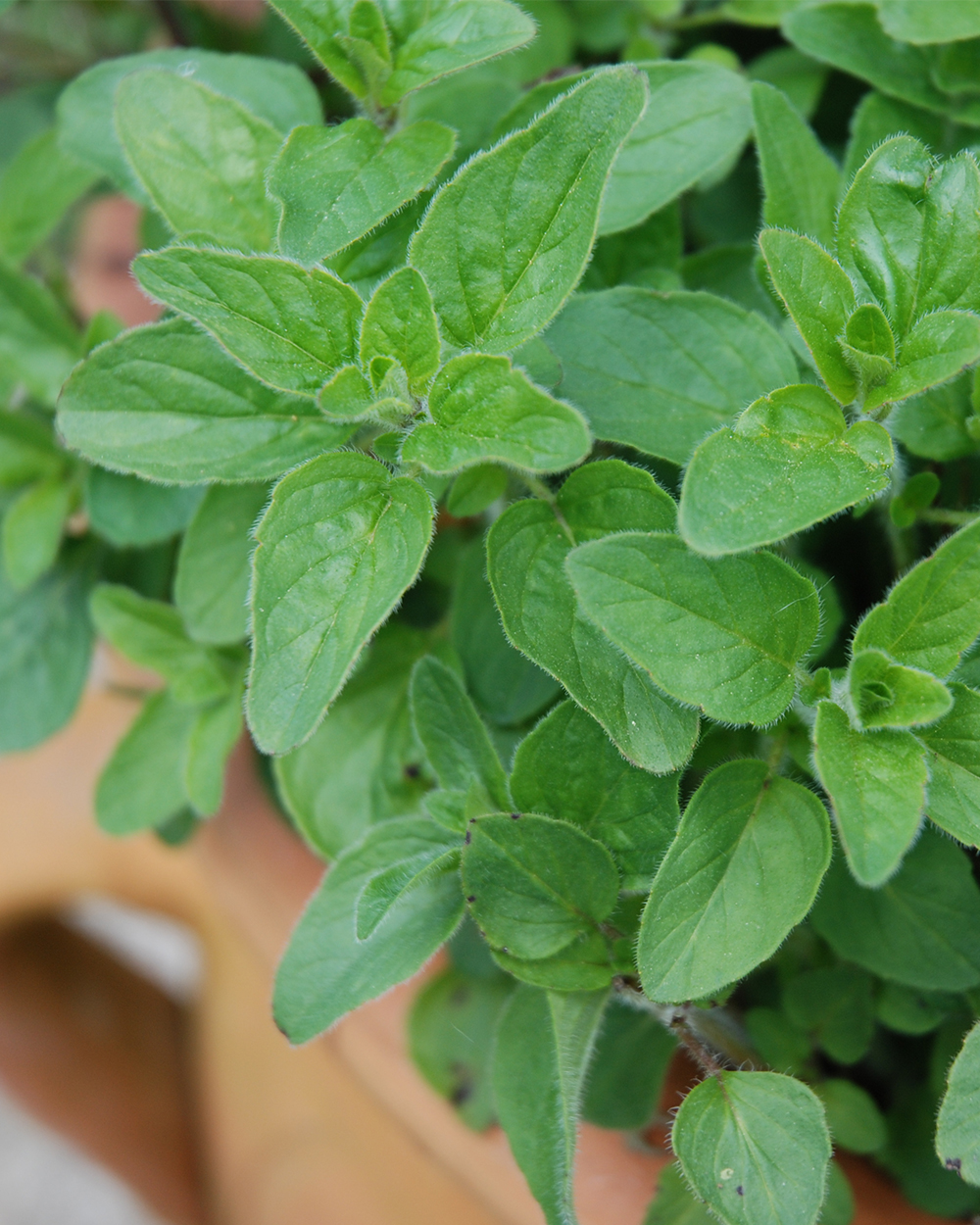
Reviews
There are no reviews yet.